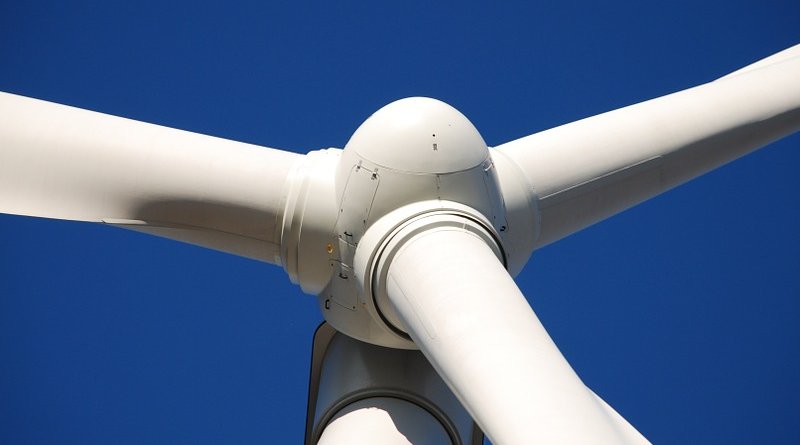Improving Innovation: Assessing The Environmental Impacts Of Emerging Technology
Although many new technologies offer the promise to improve human welfare, they can also produce unintended environmental consequences. And while applying the principles of life cycle assessment (LCA) early in technology development can provide important insights about how to avoid damage to the environment, existing methods focus on products or processes that are already commercially established.
Meanwhile, the procedures and tools used to assess emerging technologies tend to be applied on an ad hoc basis, with no clear guidelines as to what methods are available, applicable or appropriate.
A new special issue of Yale’s Journal of Industrial Ecology addresses this gap with cutting edge research that advances methods, tests new approaches against emerging technologies, and assesses novel technologies for transportation, infrastructure, energy, and materials. The special issue,“Life Cycle Assessment for Emerging Technologies,” includes findings with far-reaching implications for technology developers and policy makers.
For example, two papers reveal the potential environmental consequences of the rapid increase in production of the lithium-ion battery packs that power everything from electric cars to portable computing devices. In contrast to earlier analyses, these studies show that, on a global scale, expansion of lithium production is likely to continue without being slowed by resource constraints for up to three more decades. Meanwhile, localized environmental impacts associated with extraction and processing of high-grade lithium ion brines are likely to create geographic imbalances in the environmental impacts and benefits of that expansion.
The issue also includes papers on fresh approaches to comparative assessment of emerging energy technologies. These new analyses make clear that the age of single-technology solutions at massive, industrial scales is coming to a close. The papers here examine environmental impact of alternative energy futures for algae-derived fuels, hydrogen, solar, and off-shore wind energy technologies.
“The research in this issue advances not only the understanding and methods for the environmental assessment of novel technologies, it also shows the potential for refashioning the tools of systematic environmental assessment to apply at the earliest stages of the innovation cycle,” said Reid Lifset, editor-in-chief of the Journal of Industrial Ecology.
Another innovation is the creation of LCA inventories (databases) that can be aligned with the scenarios used in the integrated assessment models (IAMs) widely used in climate change modeling. Methods to incorporate technology readiness levels (TRLs) that are used in R&D management allow connection of LCA with other complementary tools such as multicriteria decision analysis, risk analysis, techno-economic analysis, and the development of data repositories for emerging materials, processes, and technologies.

